
Navalny: the post-Novichok comeback of Russia's opposition leader
Alexei Navalny recently made headlines in the Western media after being poisoned with the Soviet chemical weapon Novichok. His controversial reputation in Russia provoked a vivid discussion on the nature of the event. Internet users were concerned about the famous opposition leader's condition, but also began asking questions like 'why didn't it happen earlier?’, ‘why didn’t they let him die?’, and ‘what else do you expect after publishing the anti-governmental investigations?’
This article will focus on the way Navalny has used his Instagram account to communicate with his followers during his post-poisoning recovery period. It will investigate the strategic use of social media in the hybrid media system and the way the crisis was used in online communication to increase Navalny’s media visibility.
Alexei Navalny: most wanted
Alexei Navalny is a controversial figure in the Russian media space. He is best known as an opposition leader and anti-corruption activist. Navalny gained attention after exposing the corrupt activities of national companies and prominent front-line Russian politicians. He faced multiple arrests and was barred from trying to run in the 2018 presidential elections. As a result, Navalny called for an election boycott, which was widely discussed in the online space.
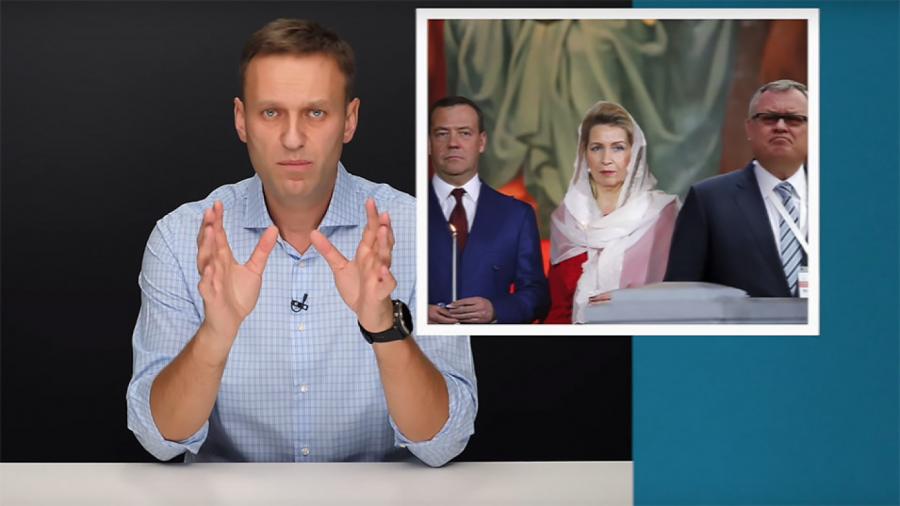
Figure 1: Navalny's YouTube channel uncovers numerous corruption schemes.
His YouTube channel has over 4 Million subscribers (23.10.2020) and is used to give political updates and post anti-corruption investigation videos. On Instagram, the activist has 2,3 Million followers (23.10.2020) (Figure 2). Navalny is clearly an influential media figure. He uses this online visibility to propagate his political stances and generate action among his followers.
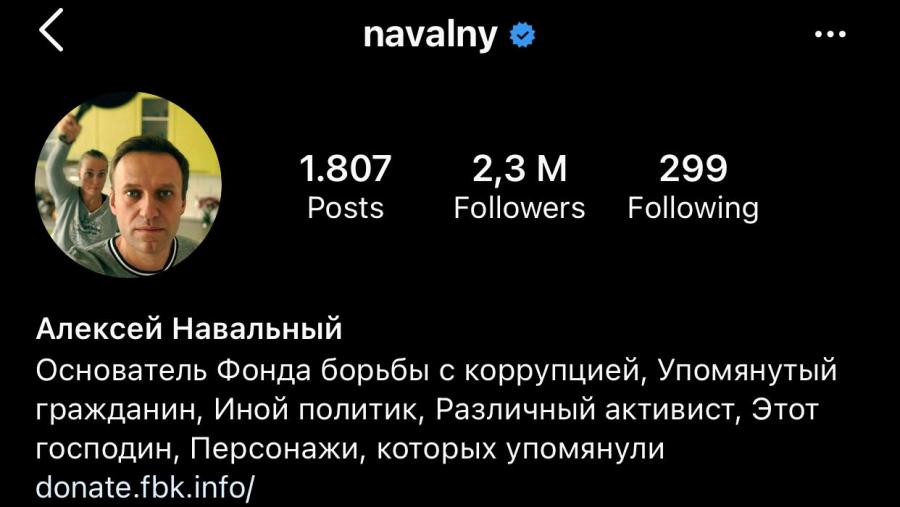
Figure 2: Navalny's Instagram account.
Because his provocative ideas are not accepted by the Kremlin, Navalny gained a reputation as a rebel in the Russian media space. Vladimir Putin refuses to publicly pronounce Navalny’s name, referring to him solely as “this gentleman” or “the character you mentioned” (Walker, 2020). Over the years, internet users have voiced their concerns about the wellbeing of Navalny: how is he still safe and sound while uncovering billion-dollar corruption schemes involving Russia’s top leaders?
August 2020 changed all that. Navalny started feeling ill on a flight. The plane had to land in the Siberian city of Omsk so that he could receive medical attention. After being hospitalized there for two days, Navalny was urgently transferred to Berlin while in a medically-induced coma (AFP, 2020) (Figure 3). After running multiple tests, the German army laboratory concluded on September 2nd that Navalny was poisoned by a Soviet-era chemical weapon called Novichok (AFP, 2020).
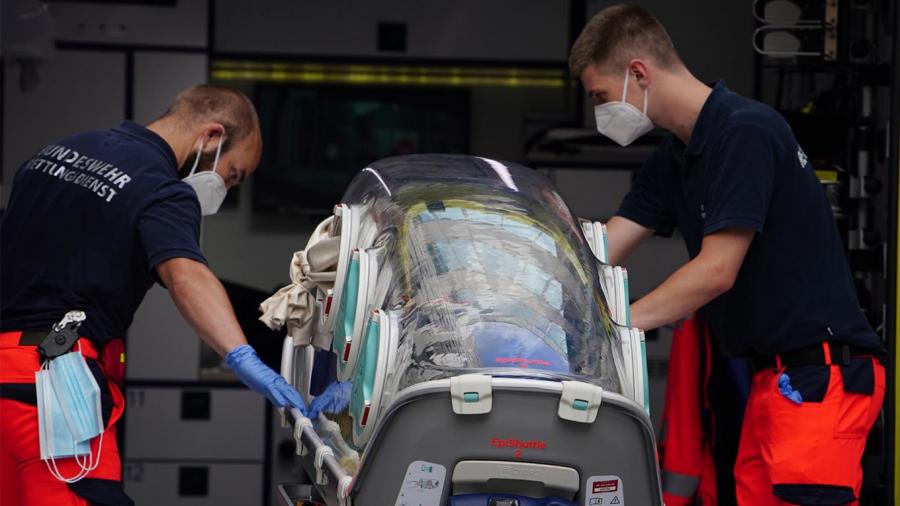
Figure 3: Navalny gets transported to Berlin's Charité hospital.
NATO, the EU, and political leaders such as Angela Merkel began demanding an investigation. On September 3rd, the Kremlin rejected the claim that it was behind Navalny’s poisoning (AFP, 2020). Russia started receiving threats of new sanctions. Laboratories in other countries confirmed the Novichok finding. In the meantime, the official position of Moscow remained impartial, blaming Navalny’s condition on a poor diet, fatigue, and stress (AFP, 2020). Emmanuel Macron, via a phone call to Putin, asked him to shed light on the situation, but Russia’s president “condemns ‘unsubstantiated’ accusations” (AFP, 2020).
Crisis posting in a hybrid media system
Navalny's poisoning, especially in light being a main public competitor for Putin's presidential seat, made headlines internationally. Many Russian citizens have been waiting for updates on the opposition leader’s health condition as a symbol of hope for Russia’s political future. This media attention and increased activity on his Instagram account were strategically used to motivate the uptake and gain visibility in the hybrid media system.
After having slightly recovered, Navalny strategically chose Instagram as the platform for releasing his first message. As of June 2020, the platform has over 51 million users in Russia, mostly between the ages of 25 and 34 (Melkadze, 2020). Instagram’s popularity and the relatively young audience are beneficial for a politician seeking to influence. Navalny, his wife, and his daughter are all active users of the platform, sharing updates in their personal blogs and creating parasocial relationships with their followers. The high online media involvement of the family creates a warm and authentic ‘truthful’ feeling that resonates with their audience.
All of Navalny's posts are written in Russian and therefore aimed primarily at a Russian-speaking audience. The activist usually shares updates on his activism, political shows, and personal life. Navalny often addresses his audience directly, sharing the most recent information concerning his persona. The activist's network knows where to find him online and where to look for updates.
Navalny’s Instagram contributes to constructing his public appearance as an opposition leader, family man, activist, and, among other things, it rebrands the fact that Putin prefers not to mention Alexei Navalny’s name. The politician’s bio says “Founder of Anti-Corruption Fund, Mentioned Citizen, Other Politician, Another Politician, Various Activist, This Mr., Characters you’ve just mentioned” referring to the ways Putin has referred to Navalny. In this way, the activist rebrands the confrontation with Putin to his advantage. With his Instagram bio Navalny is making a political point: “Yes, I am the man Putin prefers to avoid talking about'.'
For people not in the know, it may seem like Navalny is just documenting his recovery in his public diary. However, together with the posts on his condition, the politician often accuses Putin, criticizes the Russian government, calls for action, and combats fake news about himself.
Navalny's comeback and his mediated online interaction
Navalny's after-poisoning Instagram features a few key types of posts. The first one shares details of his life and makes him appear more 'human'. For instance, Alexei Navalny was back online on September 15th, posting a picture on Instagram with his family from Berlin’s Charité hospital. The activist has shared that he missed his followers and that he could still barely do anything by himself. However, at least he started breathing on his own the day before, without the help of the medical ventilators. The post received over 1,5 million likes and over 90,000 responses (24.10.2020) (Figure 4). The comment section is full of replies from ordinary users and public figures alike, sharing words of support for the ‘long-awaited’ post.
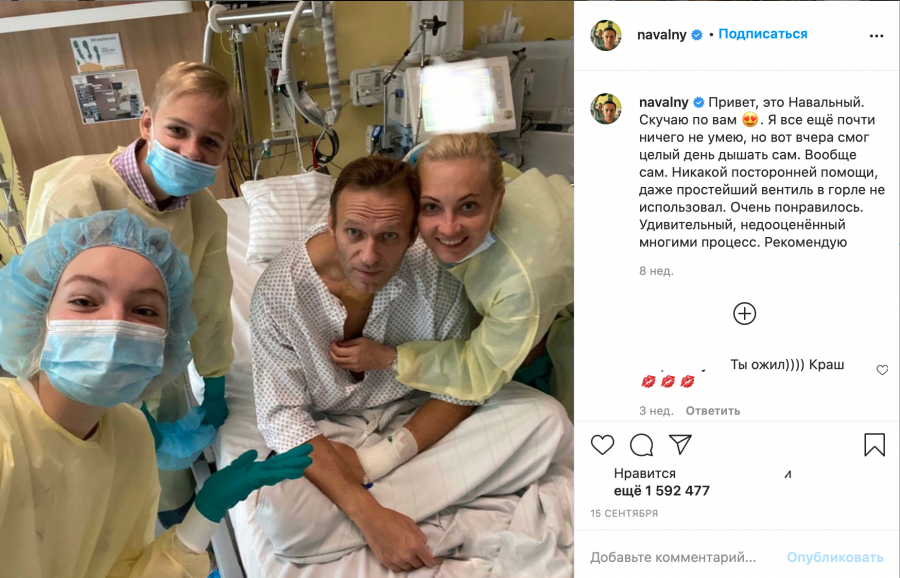
Figure 4: Navalny's first post-poisoning photo.
In another media interaction, the politician shares his recovery routine and thanks all the people who helped him in the first hours of the poisoning. His version of events is as follows: Navalny felt ill 20 minutes into the flight and lost consciousness 15 minutes later, with no access to medical help. In the comments section, some users voice their concern about the wellbeing of the pilots who landed the plane in emergency mode (12.029 comment likes).
In addition, Navalny shares content about his romantic relationship with his wife. One of these posts immediately went viral with nearly 1,5 million likes, and boosts from Instagram's algorithms made Navalny one of the most visible people in the Russian hybrid media space.
Navalny’s communication via Instagram can be viewed as an example of politically mediated online interaction. Thompson (2020) explains the term as the stretching of social relations across space and time with a dialogical nature, oriented towards a multiplicity of potential recipients. Navalny’s choice to communicate through social network sites (SNSs) is the perfect setting for this type of interaction.
By sharing his personal life and political updates on his Instagram account, the politician uses the platform's affordances. Navalny’s followers often enter heated debates and supportive discussions in the comment sections of his posts, expanding their networks “of social relationships characterized by varying degrees of familiarity” (Thompson, 2020).
Reacting to his updates, Navalny’s followers “make visible not only their profiles” but also, increasingly, their social networks (Thompson, 2020). This is a rich data source for the politician. Looking at Navalny’s Instagram account, we witness a specific “form of interaction” (Thompson, 2020) that uncovers the personal lives of the activist’s followers and functions like a time-bomb with a political statement waiting to be discovered by media consumers.
Political campaigning and networking in the hybrid media system
A second type of Navalny's posts places blame on the government and Putin, making a political statement. The comment section of such posts contains various responses such as ‘We all know where [...the poison] came from’ (1,157 likes), ‘As has already been accepted in our country, the investigation on the poisoning of Navalny is going to be done by Navalny himself’ (15,384 likes), ‘You’re alive and that’s the most important! The main thing is, you shouldn’t come back to Russia, they will kill you, as they killed Tesak [key neo-nazi leader] last night…’ (3,780 likes). Navalny uses this attention to promote his YouTube channel as an alternative and truthful source of information.
One of these posts was published on the 22nd of September (Figure 5). Navalny wrote about Putin, judging his response to ‘his French colleague’ (implying Macron) that “Navalny could have swallowed this poison himself.” The activist ironically criticizes this version of what happened. Navalny states that the situation should be studied with precision. He sarcastically states that his hospitalization probably arose from cooking Novichok in his kitchen so he can experience a coma and die in a hospital in Siberia, but Putin has outplayed him: “You can’t fool him [Putin] that easily”. Instagram users picked up the post’s irony and wrote comments (20,581) mostly criticizing Putin and supporting Navalny for Russia’s next president.
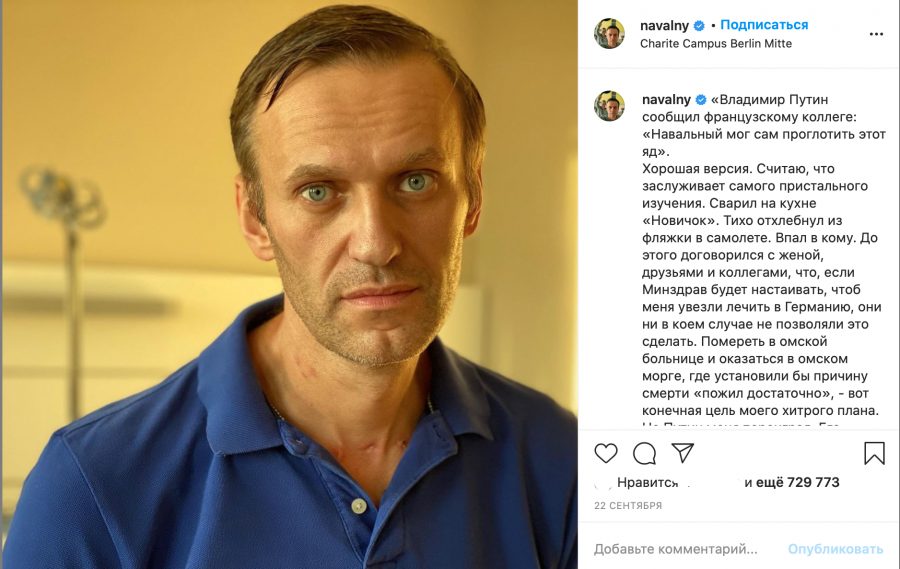
Figure 5: The ironic response to the self-poisoning accusations.
On October 6th, Navalny made a post informing his followers that the international organization for the Prohibition of Chemical Weapons confirmed that a combat poisoning substance of the class ‘Novichok’ had been detected in his biomaterials. Two posts later, he shares a pre-recorded video where he voices his opinion on the attempt on his life and his eventual return to Russia. In addition, he openly suggests that Putin ordered the poisoning. As proof, Navalny insists that there is no criminal case and no investigation yet and that he cannot even get access to his medical documents. The activist then poses a question: “Who controls everything from the Ministry of Internal Affairs and the FSB to hospitals and courts?”
The following post features the protests in the Russian city of Khabarovsk (Figure 6). Navalny uses the event as a case to criticize the government and calls Putin one of those in charge of violence against the people. At the end of the post, he hints at the upcoming protest in the city saying “I hope the protest in Khabarovsk next Saturday will be the biggest one”. In the comment section (12,986 comments), users support people in Khabarovsk, draw parallels between protests in neighboring Belarus, and share how they are getting ready to go out on the streets.
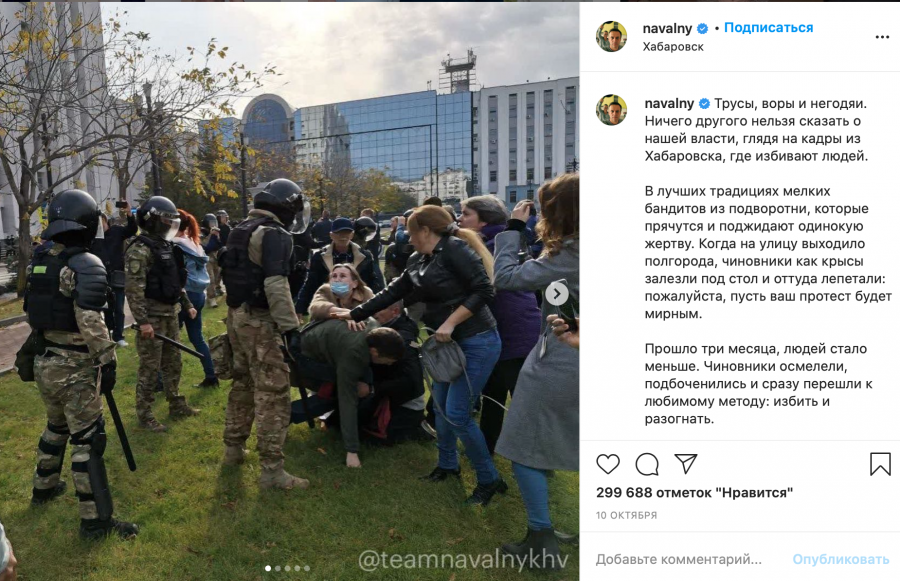
Figure 6: Navalny's post on the protests in Khabarovsk, Russia. The post starts with the words "cowards, thieves, and scoundrels" addressing the elites.
Digital platforms provide the space to target different demographic groups online (Chadwick et al, 2016), and old and new media are very mutually integrated into the contemporary world (Chadwick et al, 2016). Simply put, what is talked about on one gets picked up by the other. The hybrid media sphere provides a highly competitive environment for politicians. The possibilities to gain visibility require new creative ways to trigger algorithms and gain even more visibility - that’s why contemporary election campaigns never stop.
In Navalny's case, the active use of social media accounts allows his political campaign to interact with his audience, “including, most importantly, journalists themselves, but also bypass traditional media and their historical gatekeeping role” (Chadwick et al, 2016). The contemporary election campaigns are characterized by the growing systematic integration of traditional media outlets and the internet (Chadwick et al, 2016). Even now, although the election phase is not active, Navalny still generates attention on his Instagram account and prepares his followers for the offline uptake by constantly criticizing the current government.
Online tools give a lot of power to political campaign teams (Chadwick et al, 2016). The strategically built communication plan gives “direct access to the public, through campaign website and social media, and this fosters reciprocity and virality” (Chadwick et al, 2016). In times of misinformation and speculation around his poisoning, Navalny has managed to maintain a strong network of online supporters.
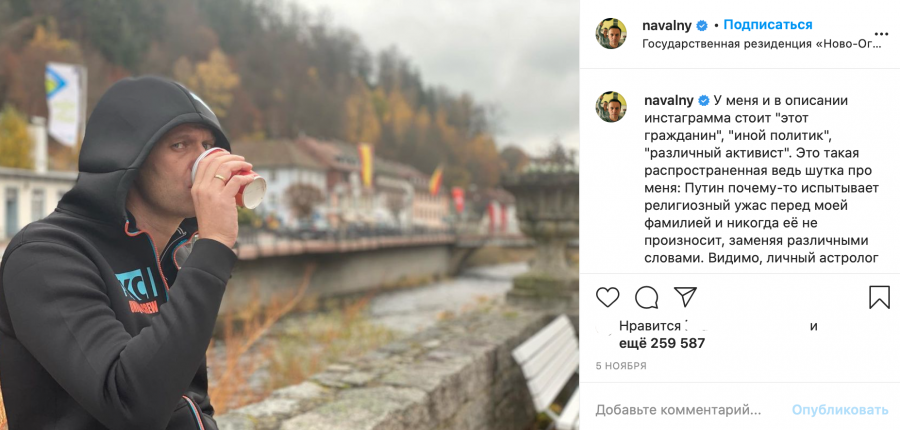
Figure 7: Navalny addresses the issue of Putin not pronouncing his name.
Alexei Navalny's online network makes him an influential agent in the hybrid media system. He is one of the few people in society who has a chance to express his opinion and broadcast it to the masses, compared to the general community of individuals “who receive impressions from the mass media” (Wright Mills, 1956). Navalny brings a personal touch to his Instagram account by sharing his recovery stories and emotional family moments. This builds trust with his followers, who stay active and boost the algorithms promoting his posts. In the meantime, Navalny pragmatically links his audiences, who are worried about his health, to more information on his YouTube channel, in his interviews, and ‘verified’ sources. These external media links provide updates on Navalny’s condition but also give more information on his ideology of resistance to the current Russian political system.
The investment in a close connection with his audience during his poisoning and recovery is a strategic move towards a potential offline uptake. The activist encourages online activity that leads to increased offline activity (Chadwik et al, 2016). The “action taken online inspires supporters” (Chadwik et al, 2016) to participate in the offline uprising.
The digital and non-digital uptake
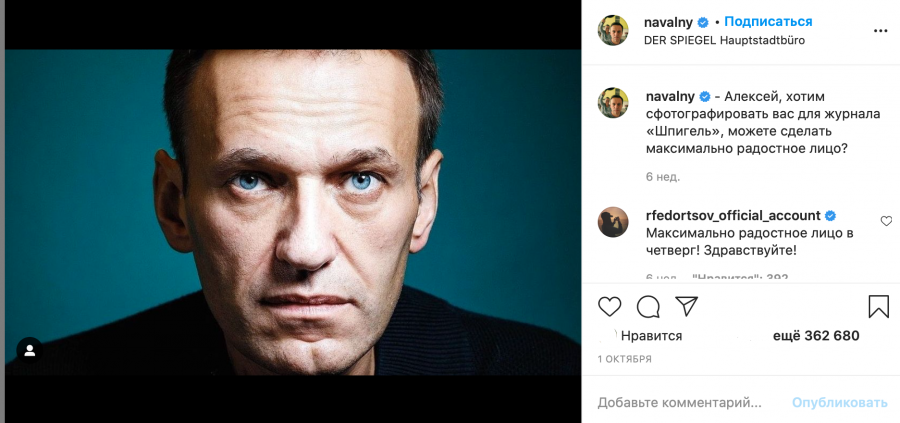
Figure 8: "Alexei, we would like to take a picture of you for the 'Spiegel' magazine, make the happiest face you can".
A third type of content featured on Navalny's Instagram deals with external media links. Several posts are dedicated to Navalny’s first interview for the German ‘Spiegel’ magazine and another interview in Russian for a local YouTube journalist, followed by a link in his bio (Figures 8, 9). At that point, Alexei Navalny was able to give interviews and shared his point of view about the poisoning. By giving his followers links to different mediums and sources in two languages, he contributed to spreading his perspective on what happened.
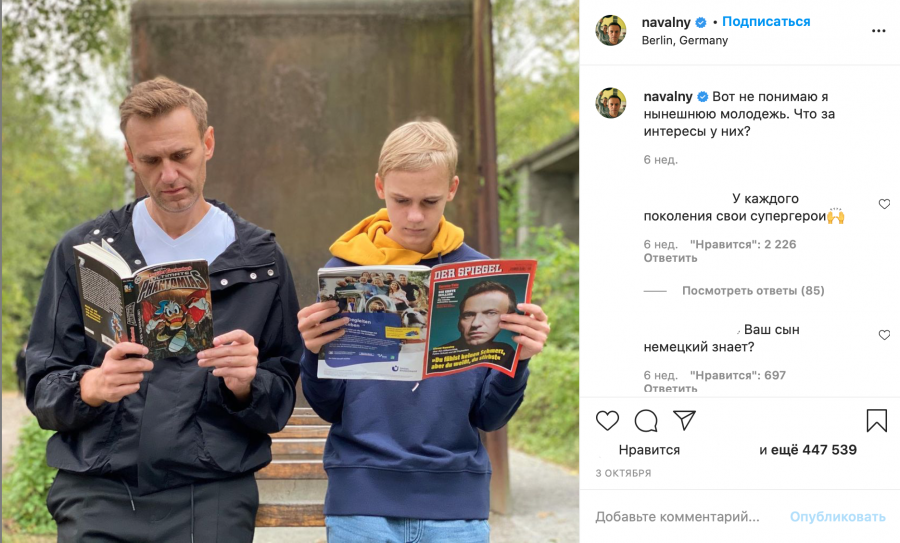
Figure 9: Navalny posing with his son 'I don't understand the interests of contemporary youth'.
The systematic hybridity of contemporary media can be seen in politics, as it has an influence on the production of news, dissemination of information, election campaigns, activism, parties, and governmental communication (Chadwick et al, 2016). With regard to this new media system, the goal of the politicians is to adapt to its structure and benefit from the opportunities it provides.
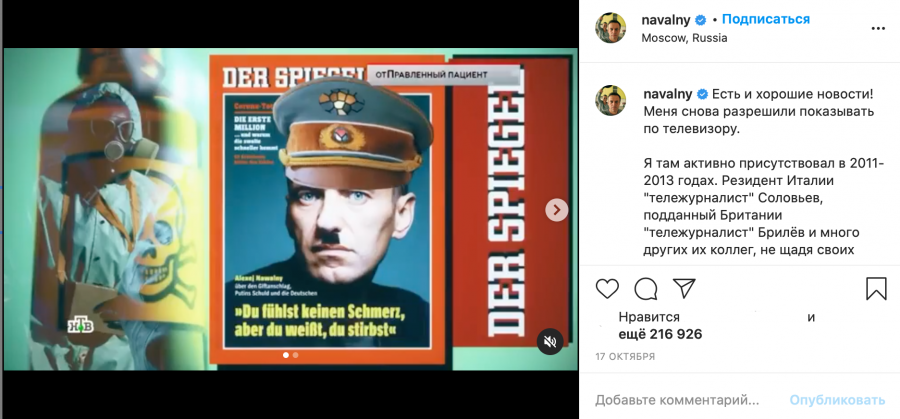
Figure 10: Navalny posting the fragment from the federal channel report. He states: "There is good news too! They allowed to show me on TV again".
The contemporary system is nudging away “from “either/or” patterns of thought and toward “not only, but also” patterns of thought” (Chadwick et al, 2016). By referencing older media in the context of Instagram, their logics are intertwined. Traditional elite newspaper organizations still play a very important role in hybrid media election campaigns (Chadwick et al, 2016). For Navalny, referencing the German 'Spiegel' magazine on his Instagram account increases the credibility of his story in the eyes of his audience. Criticizing the Russian federal channel report, on the other hand, provides the media system with an alternative version of the events.
In his Instagram communication, Navalny references different kinds of media sources. The activist interacts with newspaper and television reports produced on his poisoning and in this way rejects simple dichotomies and fosters a hybrid media approach (Chadwick et al, 2016). Navalny uses his post-poisoning visibility online to interact with the media and to gain influence in the hybrid system.
Combatting junk news
A final type of post mocks the propaganda and speculation connected to his poisoning (Figure 11). He makes fun of rumors as well as official reports on the Russian federal channel that spreads misinformation about his poisoning, political persona, and ties with Germany.
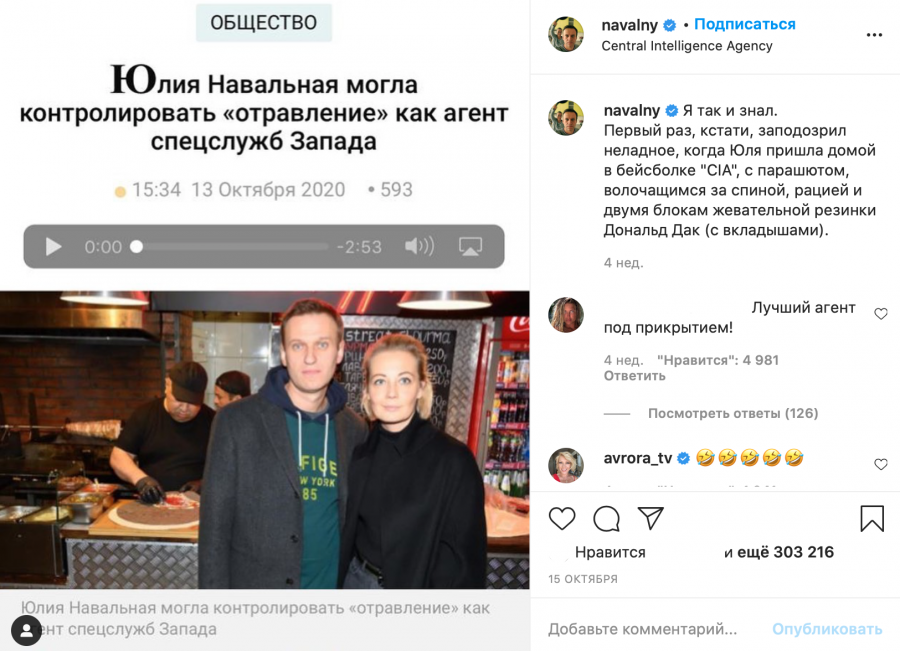 © @navalny Instagram account
© @navalny Instagram accountFigure 11: Navalny's response to media accusing his wife of being a Western spy: "I knew it. I suspected that something was wrong when Yulia came home in the CIA baseball cap, with a parachute behind her back, a walkie, and two blocks of Donald Duck gum..

Figure 11: Navalny's response to media accusing his wife of being a Western spy: "I knew it. I suspected that something was wrong when Yulia came home in the CIA baseball cap, with a parachute behind her back, a walkie, and two blocks of Donald Duck gum..
The rapid development of digital media has opened new horizons for the political fight for hegemony and power. The fields of politics and media are being intertwined, reshaped, and re-organized under the influence of social media platforms (Maly, 2020). Politicians have to find ways to combat and address junk news. In the case of Navalny, the activist addresses the issues on his Instagram account.
The nature of junk news is addictive (Venturini, 2019). With his Instagram posts, Navalny does not debunk misinformation because such a response does not usually contribute to its diffusion (Venturini, 2019). Instead, the activist mocks the federal channels and the official media narrative about his poisoning. At the same time, Navalny warns internet users to be cautious with what they believe in a playful way. The politician provides his followers with a credible alternative to his Instagram by streaming his life and political views while the events unfold which in itself cancels a part of the circulated misinformation.
Mediated Persona
Undoubtedly, Navalny's team has mastered his online media presence. However, one should bear in mind that the politician's name has long been associated with controversy. For instance, Navalny has supported Russia's illegal annexation of Crimea, often stating "ambiguous statements regarding Ukrainian sovereignty" (Umland, 2021). In addition, he was accused of voicing anti-migrant statements in the 2000s, regarded by Amnesty International as hate speech (Roth, 2021). To get an actual idea about any political actor we must look outside of Instagram's ideally-constructed filtered image trying to look beyond the perfected online persona.
From serious crisis to political momentum
Navalny has gone through a dangerous poisoning that left him between life and death and left millions of Russians questioning the future of opposition politics in the country. However, the activist has found a way to use his Instagram account as a strategic medium of political uptake in the hybrid media system.
Navalny is not usually talked about on Russian TV or in federal news reports. Internet visibility is the only tool Navalny has to spread his anti-governmental views and organize his political campaign. In the times when his life was under threat, millions of Russians all over the world have constantly refreshed Navalny's Instagram page for updates on his condition.
During the increased attention to his social media following the crisis, Navalny managed to use the platform strategically. Social media communication, in the case of the activist's recovery, has allowed him to broaden his networks, trigger algorithms, combat junk news, and gain visibility in the hybrid media system. Using the aftermath of the poisoning to his advantage, Navalny has managed to strengthen his political influence which increases the chances of offline uptake and public mobilization.
References
AFP. (2020). Timeline Of The Alexei Navalny Poisoning. AFP News.
Chadwick, A., Dennis, J., Smith, A. P. (2016). Politics in the Age of Hybrid Media: Power, Systems, and Media Logics.
Maly, I. (2020). Algorithmic populism and the datafication and gamification of the
people by Flemish Interest in Belgium. SciELO.
Melkadze, A. (2020). Instagram users distribution in Russia as of June 2020, by age group. Statista.
Navalny, A. (2020). The Navalny's Post-poisoning. [Interview with Y. Dud’].
Navalny, A. (2020). Personal Instagram account.
Roth, A. (2021). Amnesty strips Alexei Navalny of 'prisoner of conscience' status. The Guardian.
Thompson, J. B. (2020). Mediated Interaction in the Digital Age. University of Cambridge.
Umland, A. (2021). Alexei Navalny is a Russian nationalist but he may still be good news for Ukraine. Atlantic Council.
Venturini, T. (2019). From Fake to Junk News, the Data Politics of Online Virality. In D. Bingo, E. Isin, & E. Ruppert (Eds.), Data Politics: Worlds, Subjects, Rights. London: Routledge (forthcoming).
Walker, S. (2020). 'This gentleman': Alexei Navalny, the name Putin dares not speak. The Guardian.
Wright Mills, C. (1956). The Power Elite. Oxford University Press.